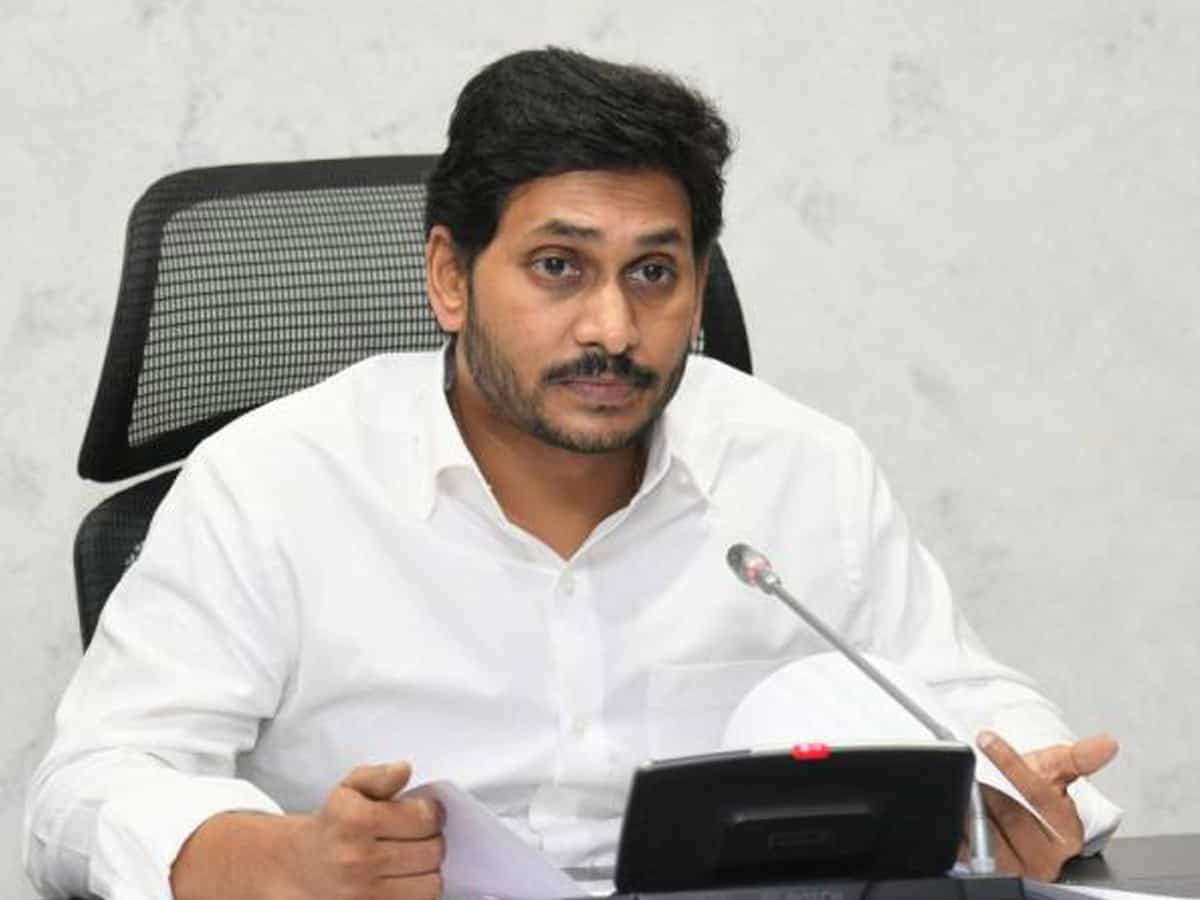Gali Nagaraja
Amaravati: The Andhra Pradesh Chief Minister Y.S. Jaganmohan Reddy’s proposal to upscale the existing districts appears facing opposition from within his own party as is the case with his distributive capitals project.
Dharmana Prasada Rao, YSR Congress Party lawmaker from Srikakulam district, voiced his protest on the move to reorganise the districts with the Lok Sabha constituencies as the basis. He called for involvement of representatives from political parties and civil society in the process of reorganising the districts. Prasada Rao was a close follower of Jagan’s father Y.S. Rajasekhar Reddy by holding the key portfolio of Revenue in his cabinet. But Jagan preferred Dharmana Krishna Das over Prasada Rao for a berth in his Council of Ministers, leaving his father’s aide high and dry. Prasada Rao is a younger brother of Krishna Das.
At receiving end
Prasad Rao, an outspoken leader in Uttarandhra region, said the pattern proposed to use for creating new districts will be detrimental to his native Srikakulam district. “Etcherla and Rajam Assembly constituencies, with a hub of educational institutions and industries, in Srikakulam district are proposed to be merged into the neighbouring Viziangaram district by considering the Lok Sabha constituency as a district. If that happens, Srikakulam will be robbed of development and lose its vitality,” Prasada Rao told media persons. As per the proposals under government’s consideration Srikakulam with 10 Assembly segments will be unbundled with the merger of some parts into Vijayangagaram district and some others into the newly created tribal district with Araku as the headquarters. If Palakonda Assembly constituency from Srikakulam district goes to the proposed Araku tribal district, residents of Kothuru and Bhamini mandals will be denied access to the district headquarters in the newly created district, he contended.
Taking a leaf out of KCR’s book
Jaganmohan Reddy, while in opposition, promised to upsize the existing 13 districts into 25 in line with the number of the Lok Sabha constituencies during his Prajasankalpa Yatra by taking a leaf out of Telangana Chief Minister K. Chandrasekhar Rao’s book.
Accordingly, his government is preparing the ground to launch the project on the Republic Day on January 26, 2021. K. Raghuramakrishna Raju, a dissident party MP from West Godavari district, already picked holes in Jagan Reddy’s plans to shift the executive capital out of Amaravati in the name of decentralisation and inclusive development paradigm. “The proposal to create more districts may end up like opening the proverbial Pandora’s box as more number of leaders from our party are likely to come out with conflicting views in the near future,” commented a senior YCP leader.
The Chief Minister asserted that the proposal for new districts is aimed to ensure decentralisation of administration and taking governance right up to the doorsteps of people. The proposal is said to have got relevance in district like Ananthapur with a vast geographical area and district headquarters tucked away in a corner. Some remote parts in Ananthapur district are alienated from the district headquarters with access to Bangalore.
Telangana’s experience
The TRS government reorganised the existing 10 districts into 33 in Telangana soon after it came to power. Is the administration really brought to the doorsteps of people in the country’s youngest state after it has more districts? M. Padmanabha Reddy of the Forum for Good Governance told this writer that Telangana’s experience revealed that increase of districts will no way help improve quality in administration. Instead, the administration collapsed. Besides, it is a huge burden on public exchequer, he explained. Telangana government has incurred Rs 1,500 crore for creating each district with bungalows for collectors, Superintendents of Police and the other department heads, Reddy said. In this virtual age, governance can be delivered through videoconferencing by harnessing IT tools. Therefore, physical distance does not matter, he argued.

